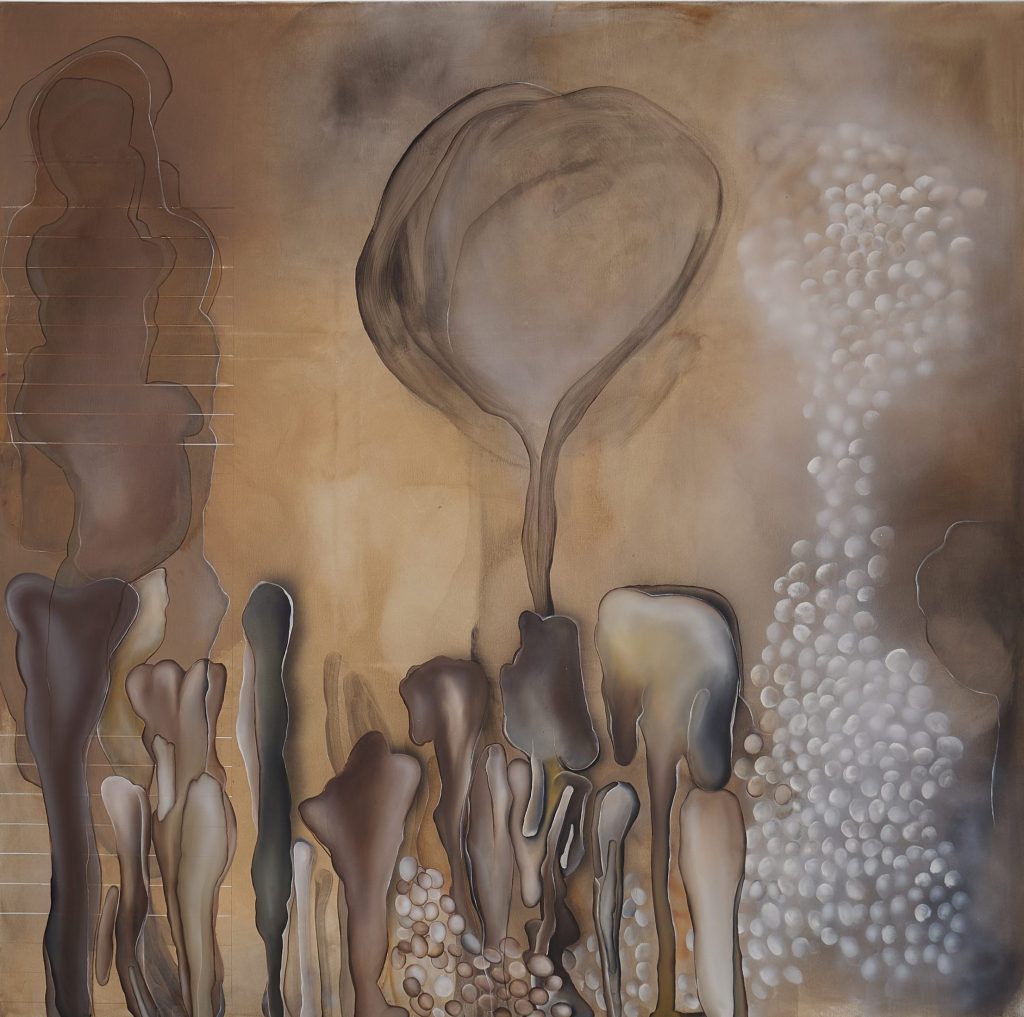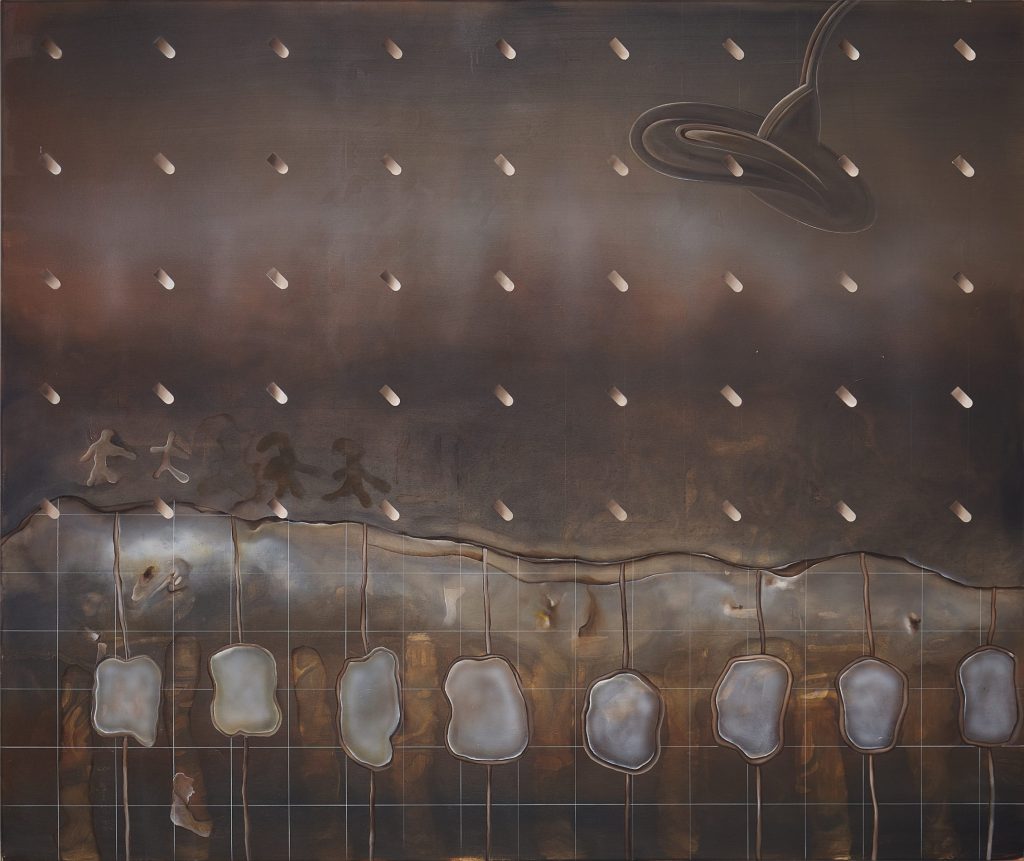In ‘Why Paintings Work’ Jurriaan Benschop navigates the diverse landscape of contemporary painting. He introduces the work of dozens of painters and asks: Why do these paintings work? In what ways do they speak to the viewer? He considers both the visible aspects of painting, such as the depicted motif and the application of paint, and the concepts, beliefs and motivations that underlie the canvas.
‘Why Paintings Work’ is not just about how we look at paintings, but also about finding a language that suits the art and viewing experience of today. Throughout the book different themes come up, while looking at the work of contemporary painters, such as nature, the body, touch, movement, identity, memory and spirituality.
Among the artists featured in this book are: Nikos Aslanidis, David Benforado, Louise Bonnet, Glenn Brown, Maria Capelo, Peter Doig, Béatrice Dreux, Helmut Federle, Beverly Fishman, Elisabeth Frieberg, Victoria Gitman, Veronika Hilger, Martha Jungwirth, Andreas Ragnar Kassapis, Kristi Kongi, Mark Lammert, Rezi van Lankveld, Michael Markwick, Kerry James Marshall, Lara de Moor, Matthew Metzger, Marc Mulders, Kaido Ole, Jorge Queiroz, Fiona Rae, Daniel Richter, Jessica Stockholder, Marc Trujillo, Anna Tuori, Matthias Weischer, Paula Zarina-Zemane and Gerlind Zeilner.
The book contains 284 pages with more than 100 illustrations in color, paperback 14 x 20 cm, in English. Published May 2023 by Garret Publications, Helsinki. Bookshops order through Idea books in Amsterdam *** ISBN 9789527222171 *** Individuals can ORDER A COPY through this website by filling out the order form HERE Delivery time in Europe is about one week, outside Europe two weeks approximately.
In these shops or institutions the book is already available:
E U R O P E Athens: Booktique; Hyper Hypo, Alyki, Paros: Cycladic Arts, Amsterdam: The American Book Center, Stedelijk Museum, Utrecht: Broese, Bath, UK: Magalleria, Berlin: Do You Read Me?, Uslar & Rai, Helsinki: Suomalainen; Prisma, London: Art Data, Münster: Extrabuch, Riga: Zuzeum, Stockholm, Göteborg: Adlibris, Vienna: Giese und Schweiger,
U S A Houston, TX: Basket Books, Boston, MA: ICA Store, Los Angeles: Hammer Museum, Museum of Contemporary Art, Stories, Ooga Booga, Santa Barbara: Chaucers Books.
Worldwide online order through Walter König (Germany, Austria), Art Data (United Kingdom) or through the website you are currently visiting.
,








